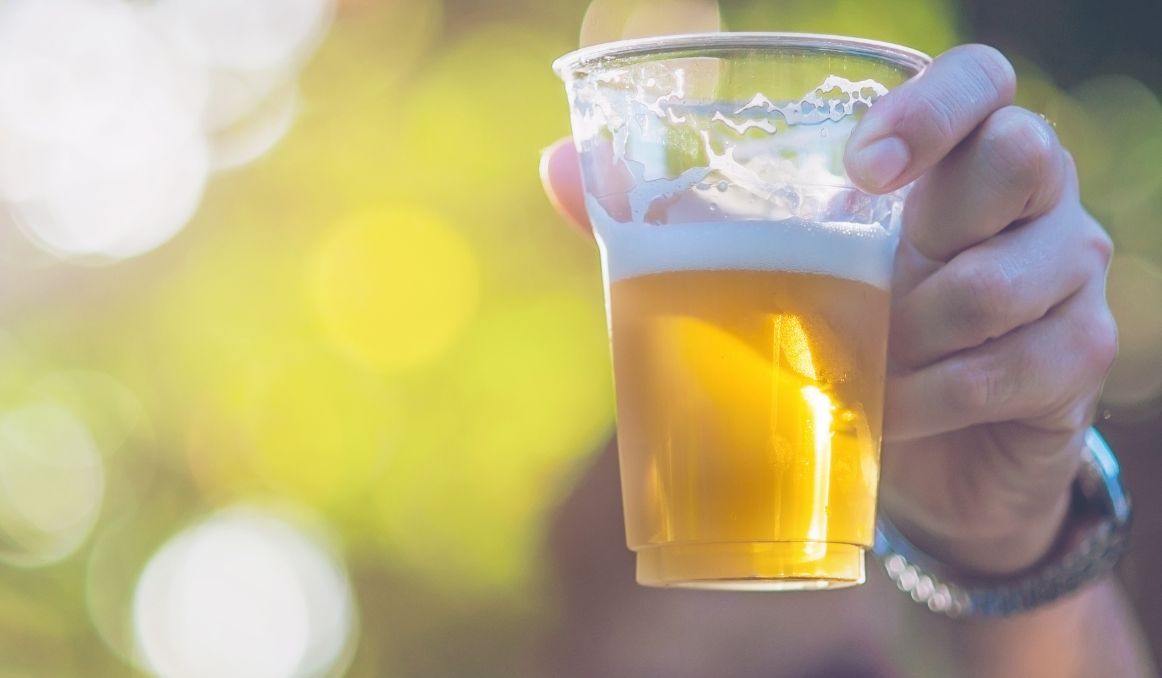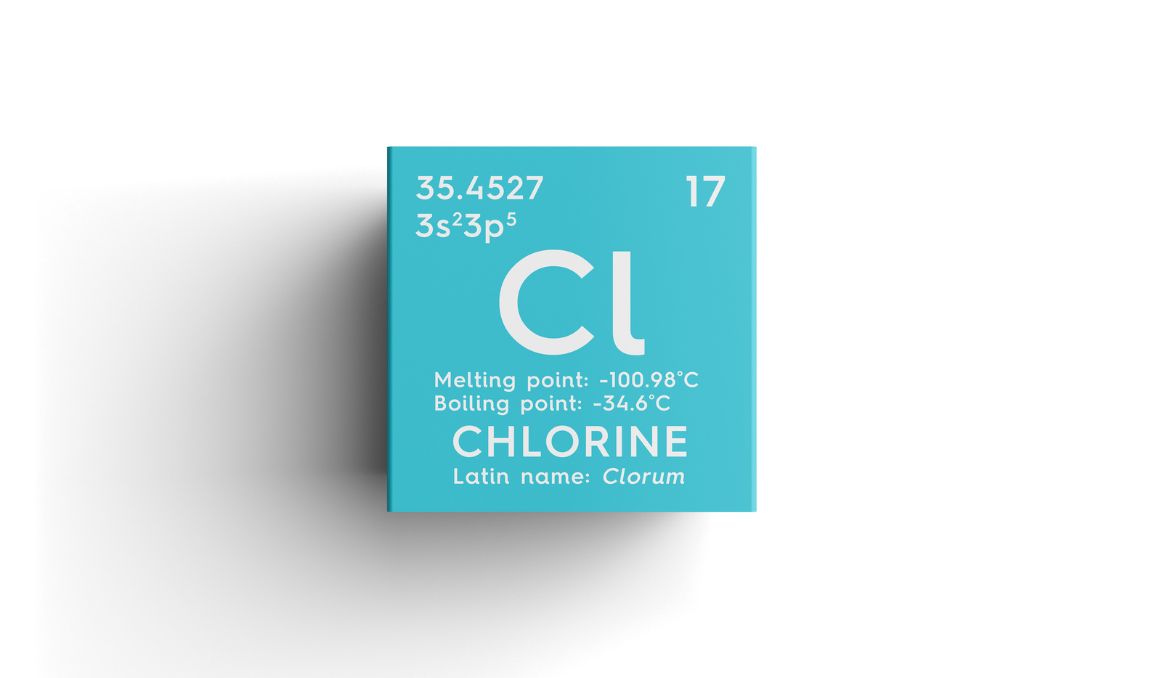Plastic Off Flavor in Beer: Causes and Control
Of all the off flavors, plastic off flavor in beer is easily one of the worst. The reason being that most off flavors can be mellowed out, balanced, or even eliminated altogether with countermeasures.
But plastic, or adhesive flavor in beer is virtually impossible to disguise or tone down.
So, what causes plastic off flavor in beer?

Phenols
Many definitions of phenols exist.
Phenols can be described as mildly toxic white crystalline solids used in chemical manufacture. Or they can be called any compound with a hydroxyl group linked directly to a benzene ring. Some will define phenols as corrosive crystalline acidic compounds present in tars of coal and wood. And others still understand phenols to be secondary metabolites found in cereals, coffee beans, fruits, olives, vegetables, and tea leaves.
The Encyclopedia Brittanica defines phenols as “any family of organic compounds characterized by a hydroxyl group attached to a carbon atom that is part of an aromatic ring.”
So you see how a phenol can be both present in tannins produced from grains and hops and the chemical found in household disinfectant.
There are hundreds of different types of phenols in nature; some of them are mildly harmful to humans (like disinfectant) and others are highly beneficial, like the polyphenols we get from our food.
A lot of off flavors in beer come from phenols, and while most of those off flavors – like smoke or clove – can be desirable in moderate quantities, some are downright detestable – like baby vomit or plastic and adhesive.
So, if you’ve been wondering, “why does my beer taste like rubber?” Or if you have noted that it seems like someone dropped a band aid in your beer, you are experiencing a phenolic reaction.
The thing is, those phenols can come from any number of sources, and while you can usually point to yeast or at the very least the grain and hops as the primary source of off flavor, such is not the case with plastic off flavor.
Yeast
Let’s start with yeast because it is typically the number one culprit of off flavors in beer.
Contrary to what many realize, yeast does so much more than simply convert sugars to alcohol and carbon dioxide. In fact, it also produces hundreds of secondary metabolites, and yes, some of those are phenols.
Yeast can be responsible for the clove or smoke flavors, for banana off flavors, for buttery flavors, and so much more.
And in general, you can control for any overwhelming yeast off flavors by simply allowing for yeast to do its “mop up” job.
Given time, usually a secondary fermentation and sometimes a third, yeast will reactivate after its initial dormancy period and come in to consume excess metabolites, smoothing and mellowing out off flavors.
So that by the time it gets to the beer drinker, the result is hint of banana or a touch of clove.
The overwhelming nature of off flavors comes, typically, as a result of rushing the product to the market and not allowing yeast to do its full job.
This learning curve is a part of the learning process for craft brewers, and truly speaks to the nature of the craft.
So, of course, there is a chance that your preferred strain of yeast is producing a slight adhesive flavor in your beer.
Watch out for Belgian strains and Bavarian yeasts, as well as the various strains of Brettanomyces, which can be unpredictable.
But it is unlikely this plastic off flavor is coming from your yeast.
Chlorine
The most likely cause of plastic tasting phenols is chlorine.

You may have chlorine in your sanitizer solution, so if you are using a cleaner like bleach, it is important to ensure you thoroughly rinse out all of your brewing equipment each time you sanitize.
Even the slightest hint of a chlorine phenol can be picked up and exacerbated by the other elements of your beer.
You might even consider switching to a no-rinse sanitizer like Star-San or Iodophor so you can be absolutely sure this is not the origin of your plastic off flavor.
Having said that, you want to also be sure your sanitation process is thorough.
Not sanitizing well enough allows for wild bacteria to get into your beer and potentially corrupt it with those plastic off flavors, which are virtually impossible to smooth out or eliminate once they have invaded, particularly if you are not adding a good bacterium to your beer, which would destroy any bad bacteria present.
Look into your hard to clean pieces of equipment as they may harbor unwanted bad bacteria.
The sparging process is another area to look into for plastic off flavors.
Sparging is the rinsing off of your mash grain bed to get all those great sugars and flavors without extracting the puckering tannins from the process, but if you do get some tannins in there, you may end up with that plastic off flavor.
So be sure your boiling point reaches at least 168 degrees Fahrenheit and stays there long enough to boil all that plastic off flavor out.
In the end, you want to be sure you include the off flavors you want and exclude any you do not want in your batch, and this often takes time, patience, and a willingness to experiment.
Again, it is called craft brewing for a reason.
You will learn to play with all of the elements of your wort and beer, from the grain and hops to the yeast and even down to the water, which has a much more powerful impact than many realize.
Remember to have fun, and not try to rush any new product to the market that is not well tested, tried, and true to your circle of tasters.
Track your progress along the way, and all the elements as you mix and match, and you will find your master brew.
Cheers!
Passionate about the beer and/or wine making process? So are we! If you’re interested in finding out how you can use our technology to control fermentation and monitor your yeast, save work hours and improve the cost-efficiency of your business, drop us a line at [email protected] or check out our product pages:
- Oculyze BB 2.0 (Better Brewing) Yeast Cell Counter App + Hardware
- Oculyze FW (Fermentation Wine) Yeast Cell Counter App + Hardware
Also, you can now get access to a fully functional demo account to test your yeast via our Web App. Completely free of charge and with no commitment to purchase.
Sources:


